Home>Furniture & Design>Bathroom Accessories>How To Grow Loofah
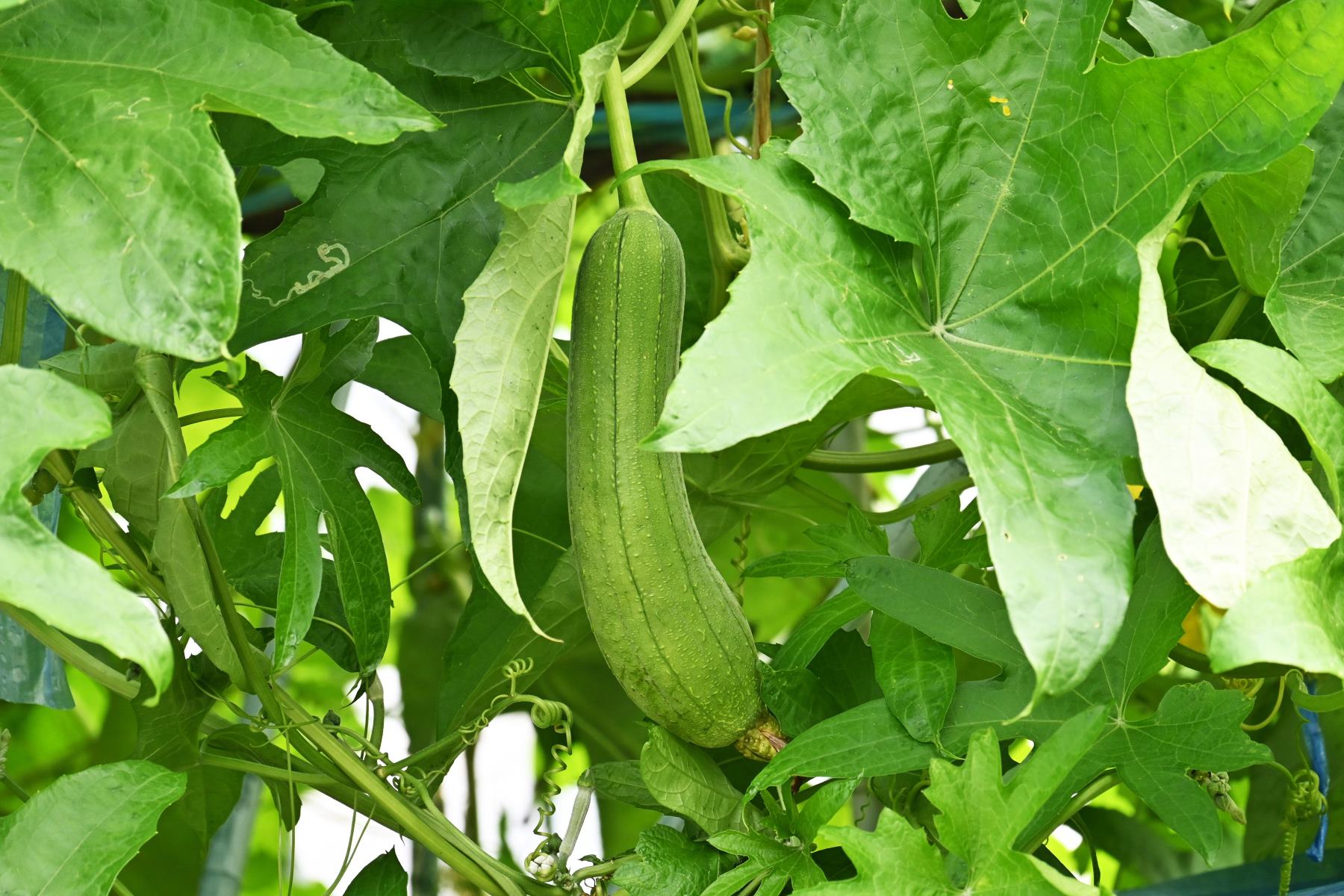

Bathroom Accessories
How To Grow Loofah
Modified: February 18, 2024
Discover how to grow loofah for sustainable bathroom accessories. Learn the best tips for cultivating loofah sponges at home. Start your eco-friendly journey today!
(Many of the links in this article redirect to a specific reviewed product. Your purchase of these products through affiliate links helps to generate commission for Storables.com, at no extra cost. Learn more)
Introduction
Welcome to the fascinating world of loofah, a versatile and sustainable bathroom accessory that offers a multitude of benefits. Whether you're a gardening enthusiast, eco-conscious individual, or simply curious about natural sponges, learning how to grow and utilize loofah can be an enriching experience.
The loofah plant, also known as Luffa, is a member of the cucumber family and is renowned for its fibrous, sponge-like texture. While many people associate loofah with exfoliating sponges, it may come as a surprise that these sponges are derived from the mature fruit of the loofah plant. With the right knowledge and care, you can cultivate your own loofah sponges, contributing to a sustainable lifestyle while enjoying the satisfaction of growing your own natural bathroom accessories.
In this comprehensive guide, we will delve into the intricacies of growing and harvesting loofah, as well as the various ways to incorporate loofah products into your daily routine. From selecting the ideal location for planting loofah seeds to nurturing the plants through their growth stages, we will explore every aspect of the process. Additionally, we will discuss the best practices for harvesting and drying loofah, ensuring that you can make the most of your homegrown sponges.
Furthermore, we will explore the diverse uses of loofah products, from exfoliating and cleansing the skin to enhancing your bathing experience. By the end of this guide, you will have a comprehensive understanding of how to cultivate, harvest, and utilize loofah, empowering you to embrace a more sustainable and natural approach to personal care.
So, let's embark on this exciting journey into the world of loofah, where nature's bounty meets practicality and sustainability. Get ready to discover the joys of cultivating your own loofah sponges and incorporating them into your daily self-care rituals.
Key Takeaways:
- Cultivate your own loofah sponges by choosing a sunny, well-draining location and providing support for climbing vines. Care for the plants with proper watering, fertilization, and pest management to enjoy a bountiful harvest.
- Harvest and dry mature loofah fruits to create natural sponges for exfoliating, cleansing, and eco-friendly cleaning. Embrace the versatility of loofah products to elevate your self-care and household routines sustainably.
Read more: How To Grow Loofah Seeds
Choosing the Right Location
Selecting the optimal location for planting loofah seeds is crucial for the successful growth and development of the plants. Loofah plants thrive in warm, sunny environments, making it essential to choose a spot that receives ample sunlight throughout the day. Ideally, the chosen location should offer at least six to eight hours of direct sunlight, ensuring that the loofah plants can photosynthesize efficiently and reach their full potential.
In addition to sunlight, loofah plants require well-draining soil to prevent waterlogging, which can hinder their growth. Therefore, it is advisable to choose a location with soil that offers good drainage, allowing excess water to flow away from the plant roots. Loofah plants also benefit from soil with a slightly acidic to neutral pH level, typically ranging from 6.0 to 7.0, promoting healthy growth and nutrient absorption.
Furthermore, considering the climbing nature of loofah plants, it is essential to provide adequate support for their vines to climb and spread. As such, selecting a location near a trellis, fence, or other suitable support structure is advisable. This not only facilitates the upward growth of the vines but also helps conserve space and maintain a tidy garden layout.
Moreover, when choosing the right location for planting loofah seeds, it is important to consider the potential for wind protection. While loofah plants require good air circulation to prevent fungal diseases, excessively strong winds can damage the delicate vines and hinder their growth. Therefore, selecting a location that offers some degree of wind protection, such as a sheltered area or a spot shielded by other plants or structures, can contribute to the overall health and vigor of the loofah plants.
By carefully considering these factors and selecting a location that offers ample sunlight, well-draining soil, support for climbing vines, and suitable wind protection, you can create an ideal environment for planting loofah seeds. This thoughtful approach to choosing the right location sets the stage for the successful growth and abundant harvest of your loofah plants, ensuring that they thrive and flourish in their natural habitat.
Planting Loofah Seeds
Planting loofah seeds marks the beginning of an exciting journey toward cultivating your own natural sponges. To ensure successful germination and robust growth, it is essential to approach the planting process with care and attention to detail.
Selecting Quality Seeds
Before planting loofah seeds, it is crucial to start with high-quality seeds from a reputable source. Opt for seeds that are fresh, viable, and free from damage or signs of deterioration. This ensures that you are working with the best possible genetic material, setting the stage for healthy and vigorous plant growth.
Timing and Preparation
In regions with distinct growing seasons, it is important to plant loofah seeds after the last frost date, when the soil has warmed up and the risk of frost has passed. This typically aligns with the arrival of spring, providing the ideal conditions for seed germination and early plant development.
To prepare for planting, begin by loosening the soil in the chosen location to a depth of around 12 inches. This helps create a favorable environment for root growth and allows the seeds to establish themselves more effectively. Additionally, incorporating organic matter, such as compost or well-rotted manure, into the soil can enhance its fertility and provide essential nutrients for the emerging loofah plants.
Read more: How Long Does It Take To Grow Loofah
Planting Depth and Spacing
When planting loofah seeds, aim to sow them at a depth of approximately 1 inch in the prepared soil. This depth offers a balance between providing the seeds with ample moisture and ensuring that they are not buried too deeply, which could impede their emergence.
In terms of spacing, allow for around 12 to 18 inches between each seed, providing sufficient room for the mature plants to spread out and thrive. This spacing also facilitates air circulation and reduces the likelihood of overcrowding, which can lead to increased susceptibility to pests and diseases.
Watering and Care
After planting the loofah seeds, it is important to water the soil thoroughly, ensuring that it is evenly moist but not waterlogged. Throughout the germination period, maintain consistent moisture levels to support the emergence of the seedlings and their initial growth stages. However, it is crucial to avoid overwatering, as excessive moisture can lead to rot and other detrimental conditions.
By following these steps and paying attention to the specific requirements of loofah seeds, you can lay the groundwork for successful germination and the emergence of healthy, robust seedlings. This sets the stage for the subsequent stages of caring for and nurturing the growing loofah plants, bringing you one step closer to cultivating your own natural sponges.
Caring for Loofah Plants
Caring for loofah plants involves attentive maintenance and strategic interventions to support their growth and development. Once the loofah seeds have germinated and the seedlings have emerged, it is essential to provide ongoing care to ensure that the plants thrive and produce healthy, robust sponges.
Watering and Moisture Management
Maintaining appropriate moisture levels is crucial for the well-being of loofah plants. While they require consistent moisture, it is important to avoid overwatering, which can lead to root rot and other issues. As the plants mature, it is advisable to water them deeply but infrequently, allowing the soil to dry out slightly between watering sessions. This approach encourages the development of deep, resilient roots and helps prevent waterlogged conditions that can compromise plant health.
Read more: What Is A Loofah For
Fertilization and Nutrient Support
Loofah plants benefit from regular fertilization to ensure they receive essential nutrients for vigorous growth and sponge production. Applying a balanced, water-soluble fertilizer every 3 to 4 weeks during the growing season can help sustain the plants' nutritional needs. Additionally, incorporating organic matter, such as compost or well-rotted manure, into the soil around the base of the plants provides a natural source of nutrients and contributes to soil fertility.
Pruning and Training Vines
As loofah plants mature, they develop sprawling vines that require attention to maintain an organized and productive growth pattern. Pruning the vines to remove excessive foliage and redirect growth can help manage the plant's overall structure and promote better air circulation. Additionally, training the vines to climb trellises or other support structures encourages upward growth, conserves space, and minimizes the risk of tangled or overcrowded vines.
Pest and Disease Management
Vigilance against pests and diseases is essential to safeguard the health of loofah plants. Regular inspection for signs of pest infestations, such as aphids or spider mites, allows for early intervention to prevent widespread damage. Similarly, monitoring for symptoms of fungal diseases, such as powdery mildew, enables prompt treatment and mitigation measures to protect the plants.
Support and Maintenance
As the loofah plants continue to grow, providing additional support, such as tying up unruly vines or reinforcing trellises, can help maintain their stability and prevent damage from wind or heavy fruit. Regularly inspecting the support structures and making necessary adjustments ensures that the plants have the stability they need to thrive.
By implementing these care practices and remaining attentive to the needs of loofah plants, you can foster their growth and maximize the potential for a bountiful harvest of high-quality sponges. This ongoing care and maintenance contribute to the overall success of cultivating loofah plants and reaping the rewards of their sustainable and versatile sponges.
Read more: How To Use A Loofah
Harvesting and Drying Loofah
Harvesting and drying loofah represent the culmination of your efforts in cultivating these remarkable plants. As the loofah fruits reach maturity, it is essential to employ the right techniques to ensure optimal sponge quality and durability.
Determining Maturity
Before harvesting, it is crucial to assess the maturity of the loofah fruits. Mature loofahs typically exhibit a yellowish hue and feel lightweight, indicating that the outer skin has dried and the seeds inside have fully developed. Additionally, the skin becomes noticeably more fibrous, signifying that the loofah is ready for harvest.
Harvesting Techniques
When harvesting loofah, it is advisable to use sharp pruning shears or a knife to carefully cut the fruits from the vine, ensuring that a portion of the stem remains attached. This stem serves as a convenient handle during the subsequent drying process and helps preserve the integrity of the loofah sponge.
Drying Process
After harvesting, the loofah fruits must undergo a thorough drying process to transform them into functional sponges. Begin by rinsing the harvested loofahs under running water to remove any residual sap or debris. Next, peel off the outer skin, revealing the fibrous network that defines the loofah sponge.
To facilitate drying, it is essential to place the peeled loofahs in a well-ventilated area with ample airflow and sunlight. Hanging the loofahs or laying them on a mesh surface allows for optimal air circulation, expediting the drying process. Throughout this period, regularly rotate the loofahs to ensure uniform drying and prevent moisture retention.
Read more: How To Dry Loofah
Final Preparation
Once the loofahs have thoroughly dried, they should feel lightweight and exhibit a pale, off-white color. At this stage, the sponges are ready for final preparation. Gently shake or tap the loofahs to dislodge any remaining seeds, and trim the stems to achieve a neat, uniform appearance.
Storage and Utilization
Upon completion of the drying process, store the loofah sponges in a dry, well-ventilated area to maintain their quality. Properly dried loofahs can be used for various purposes, including exfoliating the skin, cleaning household surfaces, and enhancing bath time. By incorporating these natural sponges into your daily routine, you can experience the myriad benefits of sustainable, eco-friendly loofah products.
By following these meticulous steps for harvesting and drying loofah, you can harness the full potential of these remarkable plants, yielding high-quality sponges that embody the essence of natural, sustainable living.
Using Loofah Products
Embracing the use of loofah products introduces a myriad of opportunities to enhance personal care routines and elevate the sustainability of daily practices. From exfoliating the skin to promoting eco-friendly cleaning solutions, loofah sponges offer versatile applications that cater to various aspects of self-care and household maintenance.
Exfoliating and Cleansing
One of the primary uses of loofah products is for exfoliating and cleansing the skin. The natural texture of loofah sponges provides gentle yet effective exfoliation, helping to remove dead skin cells and impurities. By incorporating a loofah sponge into your bathing routine, you can achieve smoother, rejuvenated skin while promoting healthy circulation and a radiant complexion.
Read more: How To Plant Loofah Seeds
Bathing Experience
Loofah products contribute to a luxurious bathing experience, allowing for the efficient application of soaps, shower gels, and body scrubs. The porous nature of loofah sponges enables them to lather effectively, maximizing the benefits of cleansing and moisturizing products. Additionally, the gentle massaging action of a loofah sponge can invigorate the skin, leaving you feeling refreshed and revitalized after each use.
Sustainable Cleaning
Beyond personal care, loofah products extend their utility to eco-friendly cleaning solutions for the home. Whether it's scrubbing dishes, cleaning surfaces, or tackling household chores, loofah sponges offer a natural and biodegradable alternative to synthetic cleaning tools. Their durability and absorbency make them ideal for various cleaning tasks, while their sustainable composition aligns with environmentally conscious practices.
Customization and Reusability
Loofah products can be tailored to individual preferences, offering the flexibility to cut and shape them according to specific needs. Whether creating smaller exfoliating pads or custom-sized cleaning sponges, loofah products adapt to diverse applications. Furthermore, their reusability allows for prolonged use, reducing the reliance on disposable alternatives and contributing to waste reduction efforts.
Eco-Conscious Lifestyle
Incorporating loofah products into daily routines aligns with the pursuit of an eco-conscious lifestyle. By choosing natural, biodegradable sponges over synthetic options, individuals contribute to sustainable consumption practices and minimize their environmental footprint. This conscious choice reflects a commitment to preserving natural resources and promoting eco-friendly alternatives in everyday life.
In essence, using loofah products transcends conventional self-care and cleaning practices, offering a holistic approach to sustainable living. From nurturing the skin to embracing eco-friendly cleaning solutions, loofah sponges embody the essence of natural, versatile, and environmentally conscious products, enriching daily rituals with their multifaceted benefits.
Frequently Asked Questions about How To Grow Loofah
Was this page helpful?
At Storables.com, we guarantee accurate and reliable information. Our content, validated by Expert Board Contributors, is crafted following stringent Editorial Policies. We're committed to providing you with well-researched, expert-backed insights for all your informational needs.
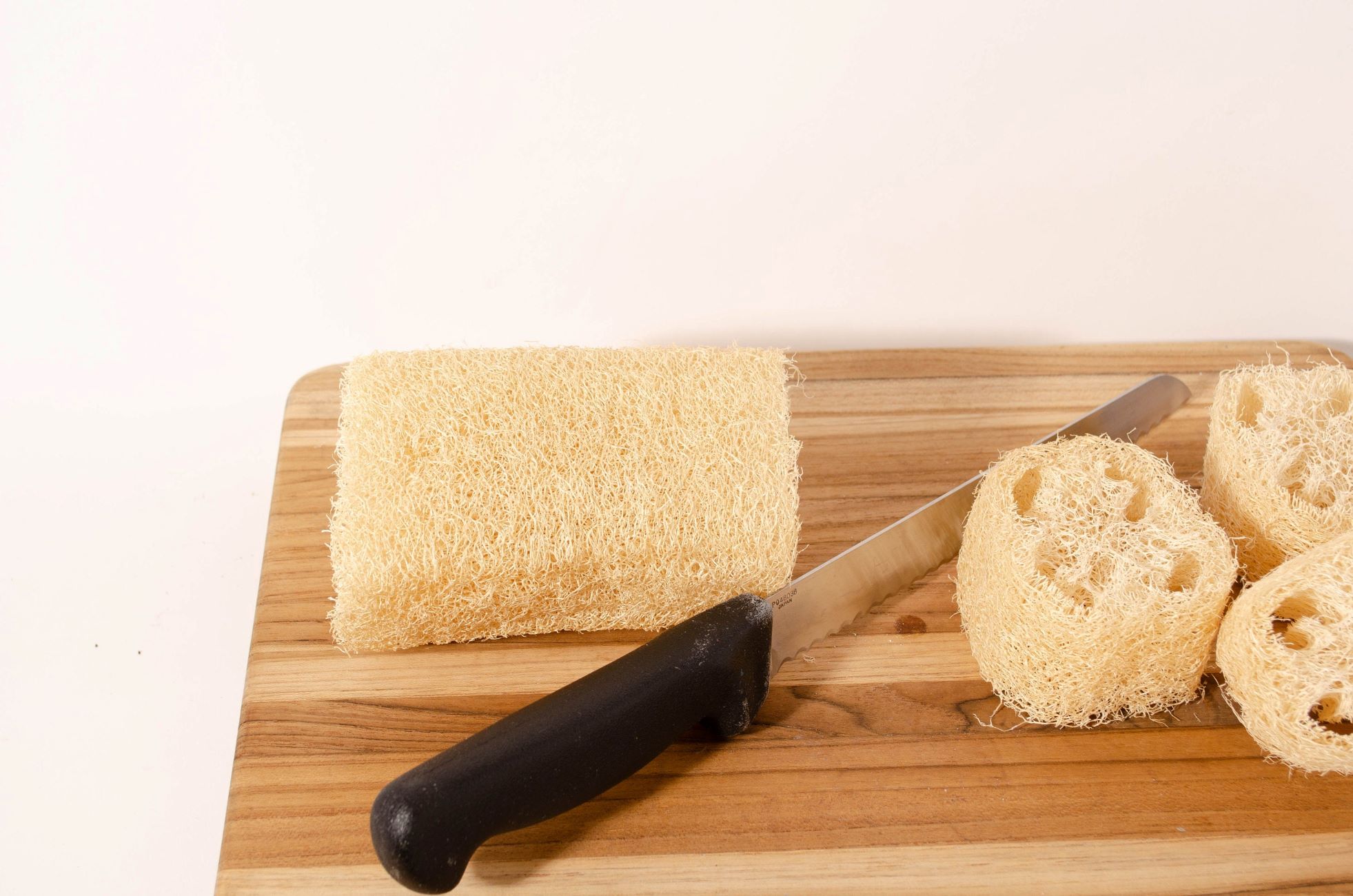
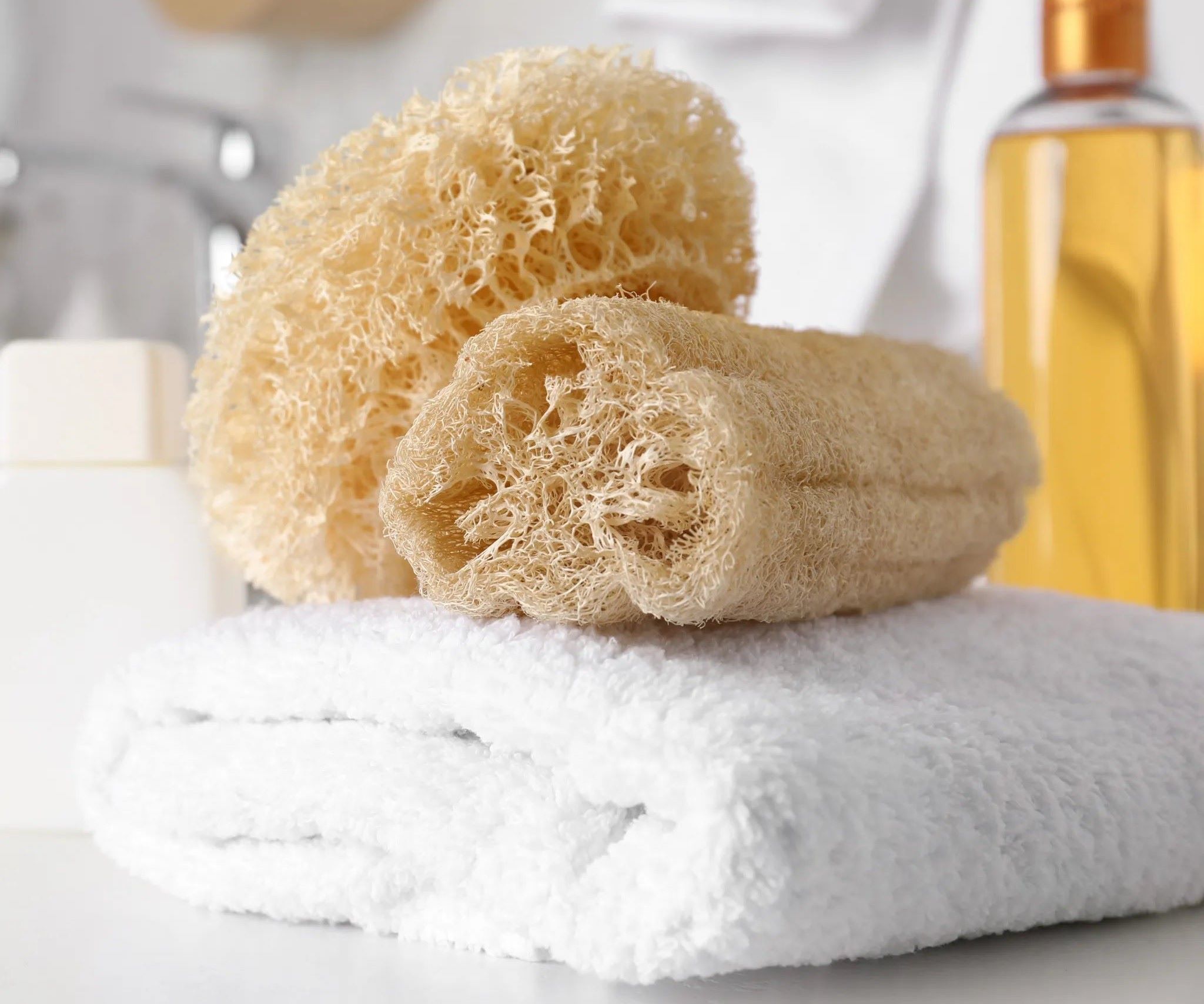
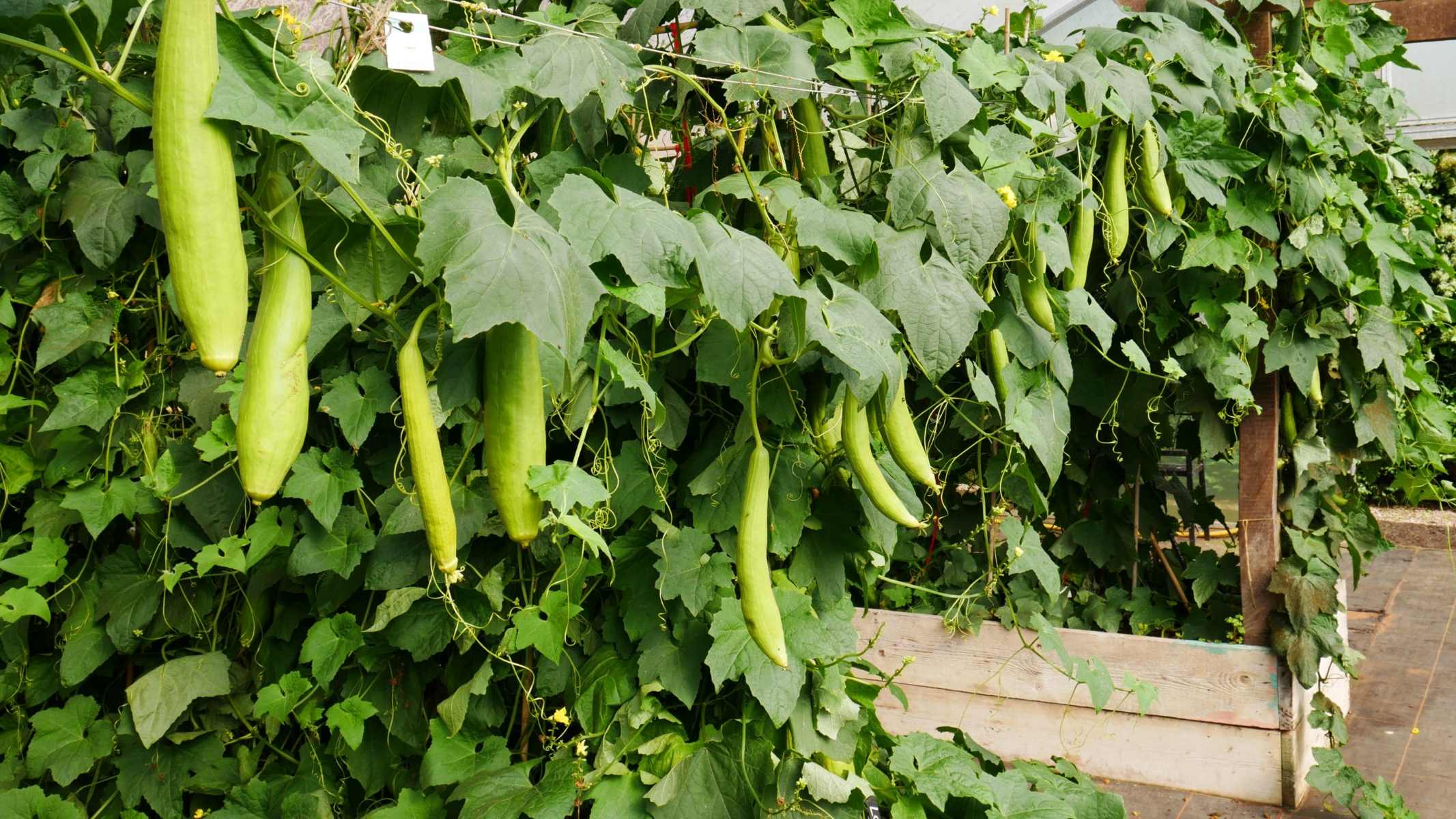
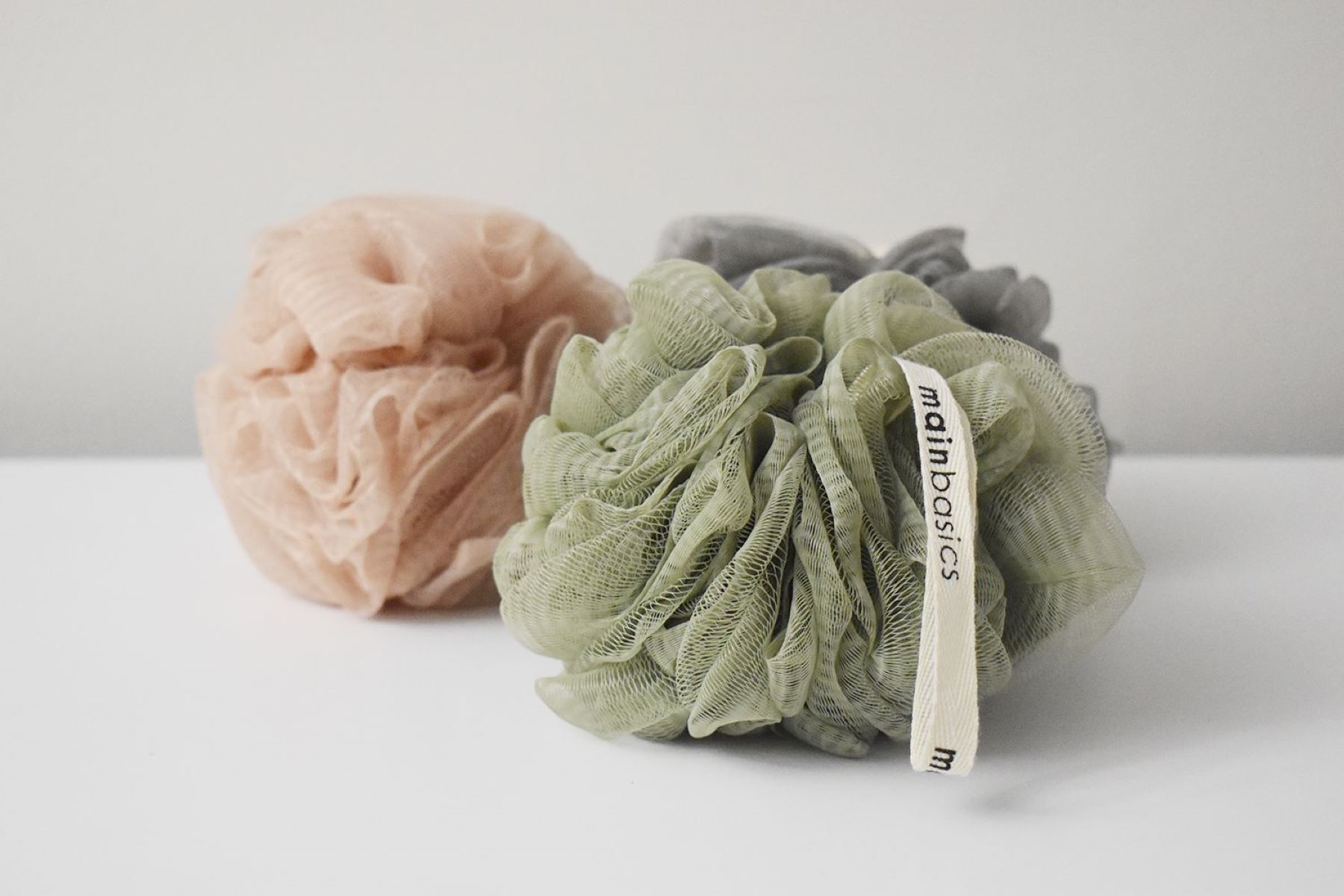
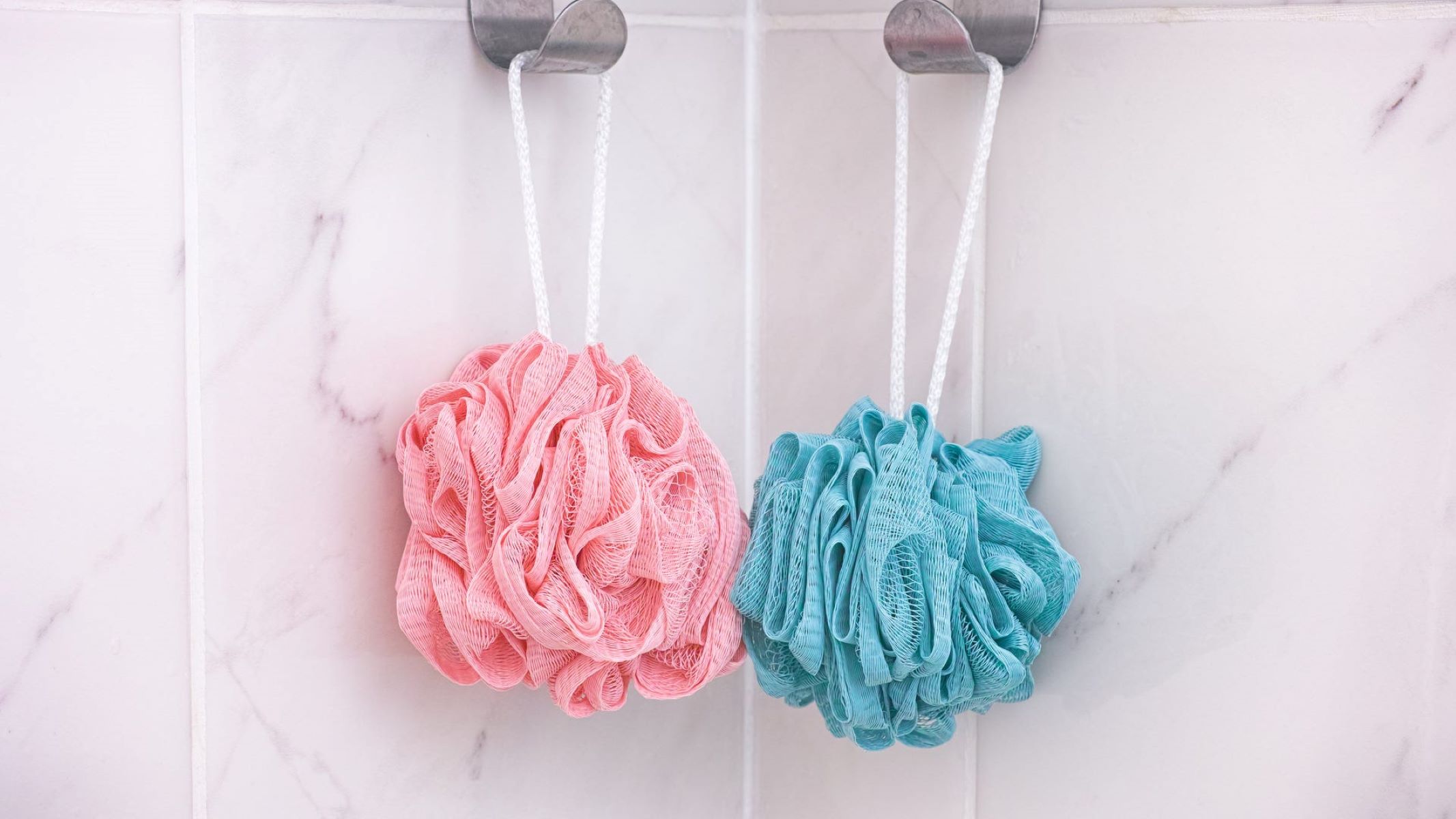
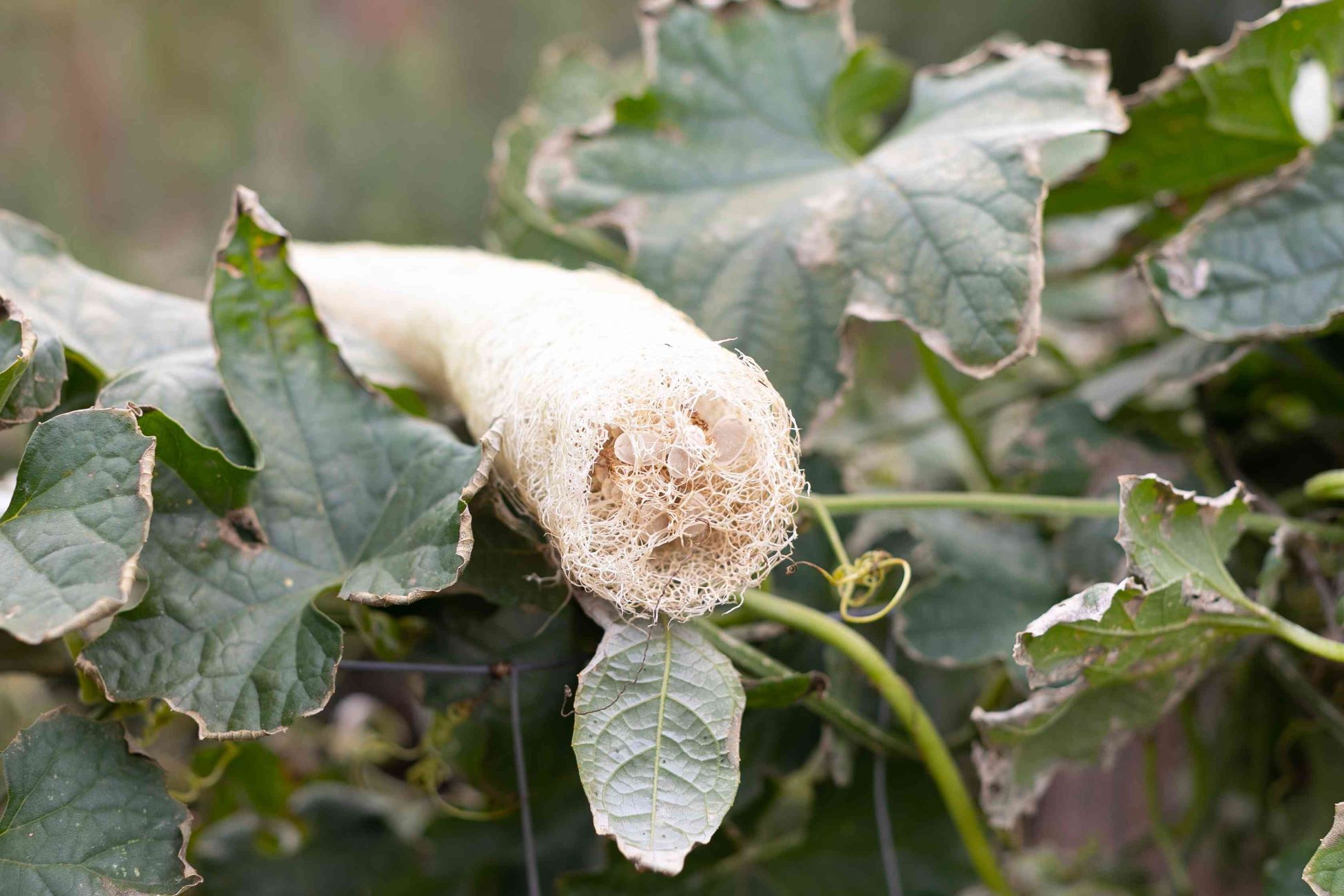
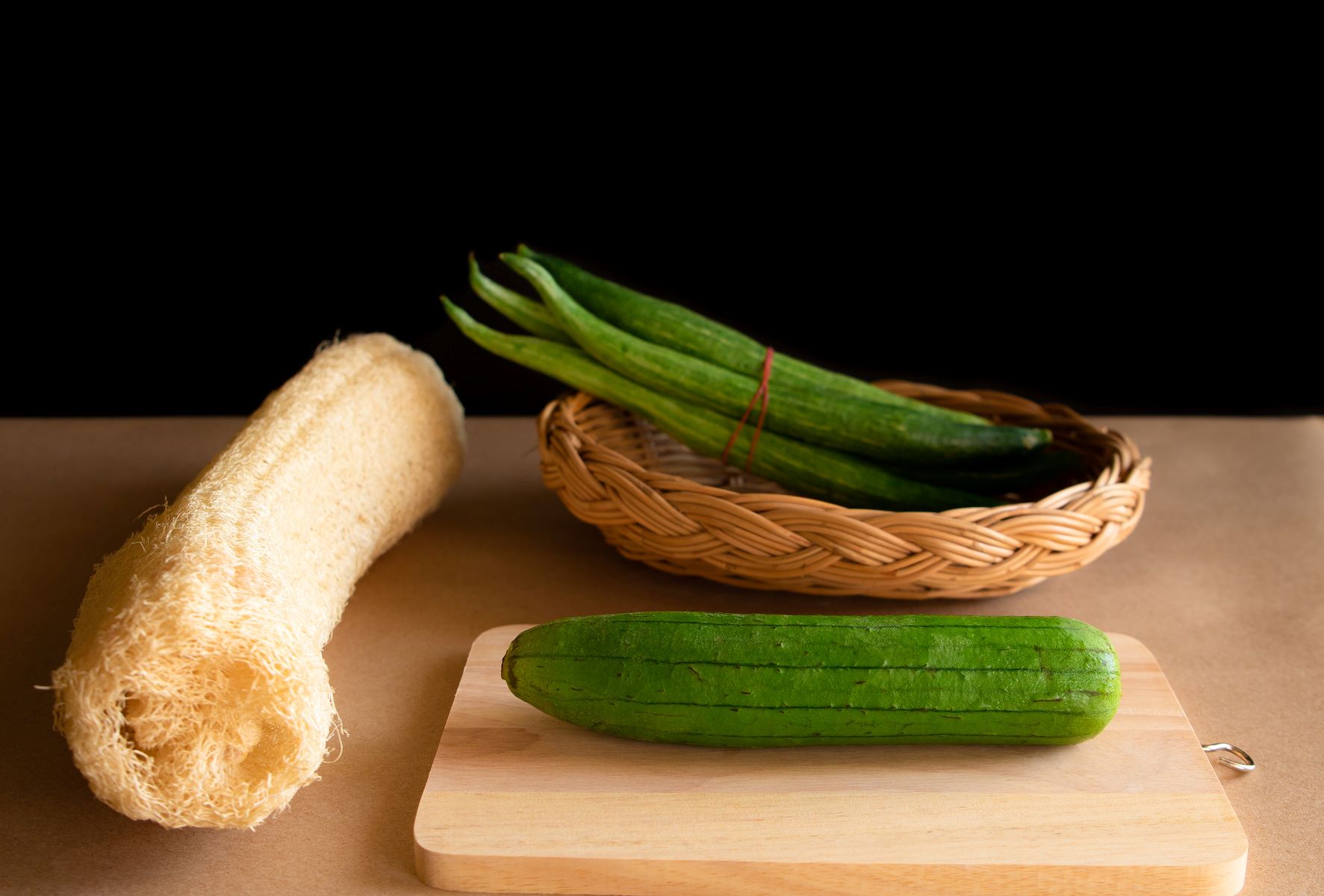
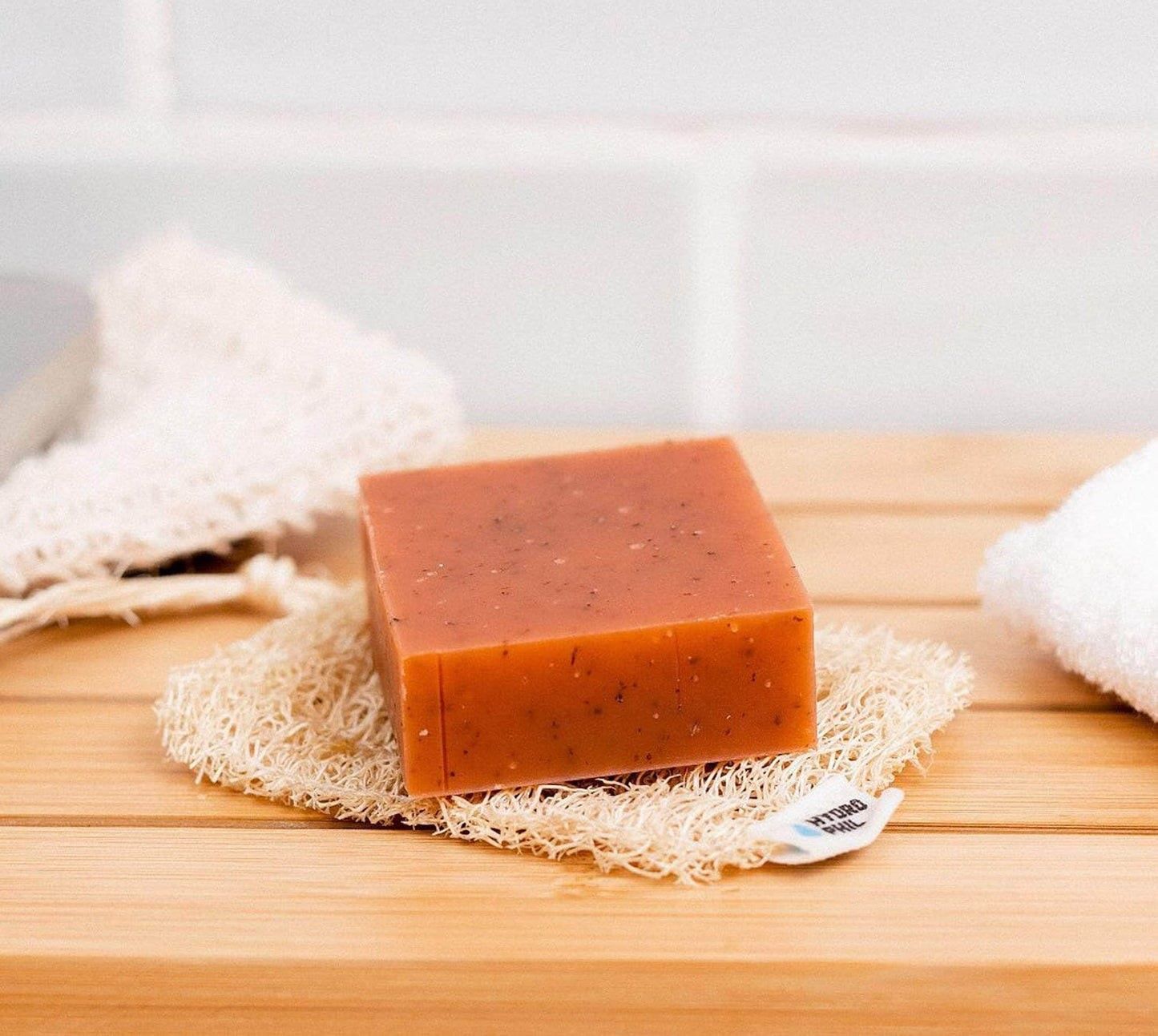
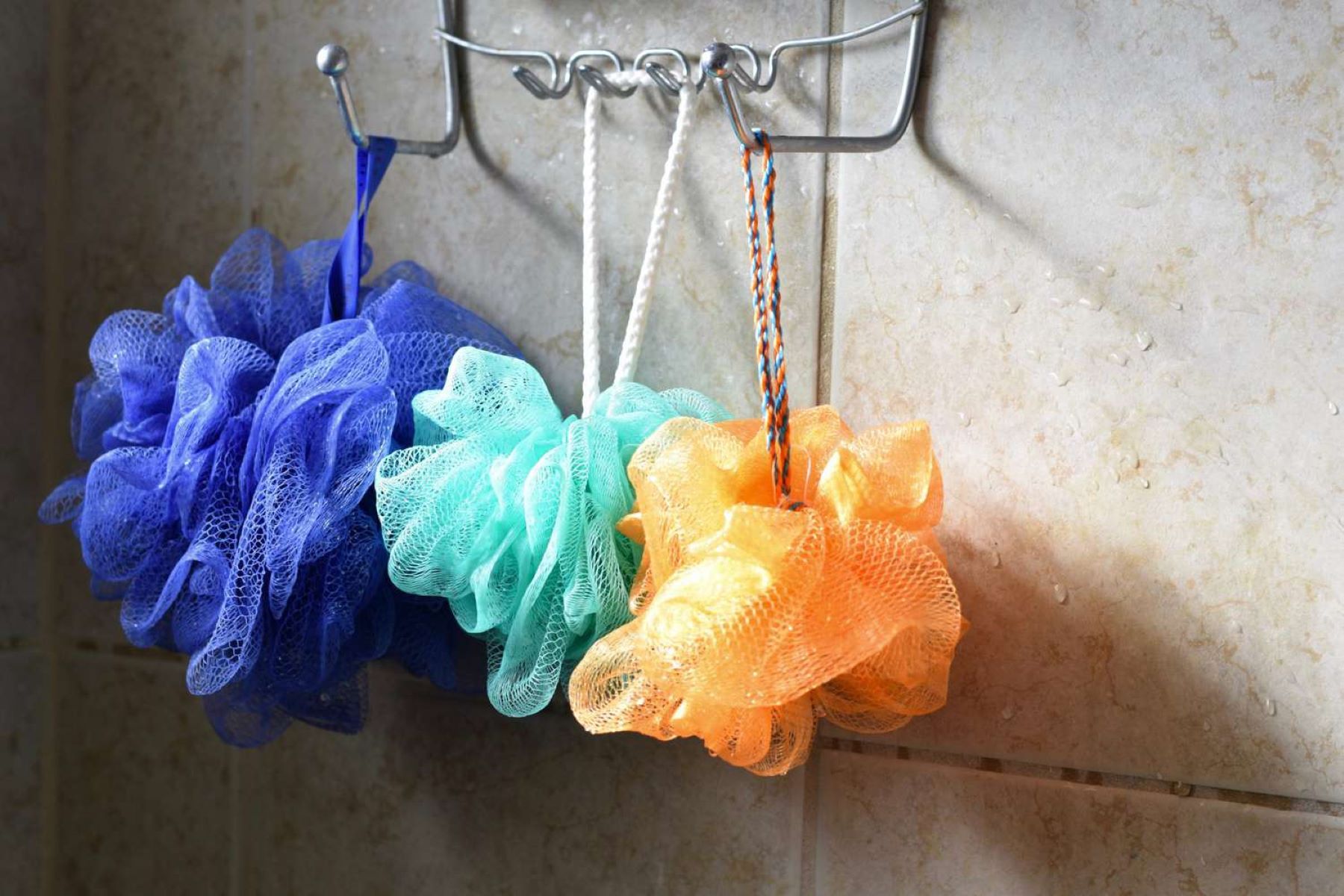
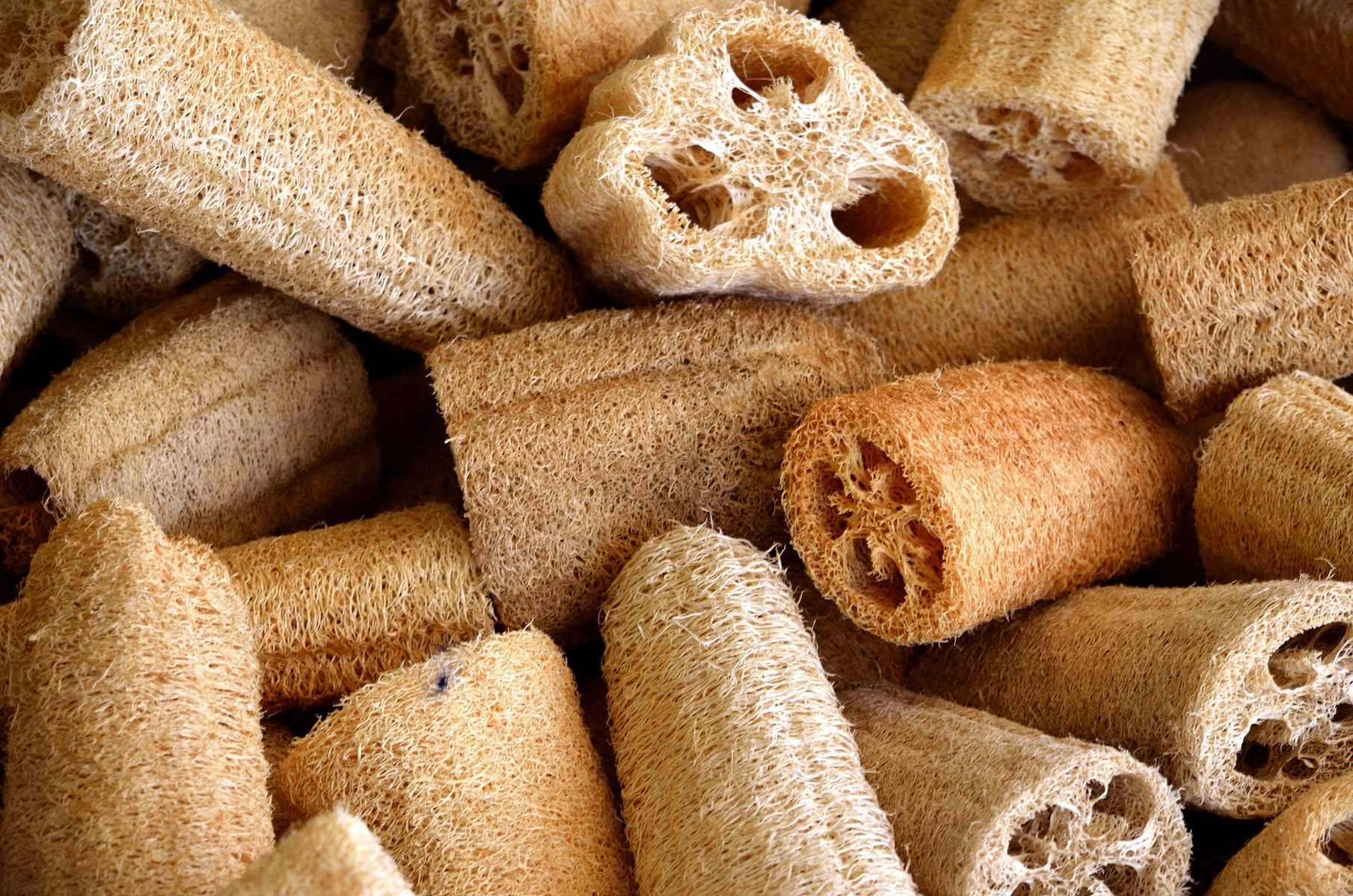

0 thoughts on “How To Grow Loofah”